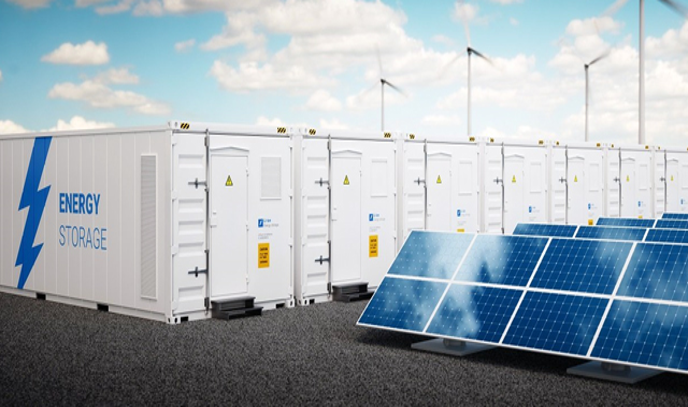Status
In design
Description
Green Bay aims to achieve the transition towards sustainable maritime and port mobility, which is respectful with the environment and with the urban centres where ports are normally located, thanks to the participation and transfer of knowledge between two of the most important sectors of Galicia, the naval sector and the automotive sector, since this project will be developed by a public-private con-sortium of companies from both sectors. The main objective of the project is the electrification of maritime mobility in the Vigo Bay through the development of technologies for propulsive electrical equipment and energy storage in batteries that reduce emissions in the maritime sector within this area. All this supported by the deployment of port infrastructures that allow the rapid charging of the batteries installed on board the vessels. This is intended to reduce the carbon footprint and improve the energy sustainability of the Port of Vigo, reducing its energy depend-ence too.
Aligned with the 2030 zero emissions commitment of the Port of Vigo and as a complement to the Green Bay Vigo project, the use of hydrogen technologies will be developed, generation and storage, as a sustainable solution for the decarbonization of land transport and its application in the maritime sector with the development of hydrogen vehicles for goods tranport and vessels with hydrogen fuel cells.

Vigo is one of the European cities with the most private shipyards, so it has the knowledge in terms of technological development of vessels with high added value, such as oceanographic research vessels, unique prototypes that incorporate the most advanced technology. In addition, another sector considered a driver for the city, such as the Automotive Industry, which represents 25% of national production, has great experience in technological research and development. Especially with regard to the development of electric batteries, their operation and the infrastructure necessary for charging them. Both sectors, naval and automotive, have technological centres of international reference with wide experience in research and participation in technological development projects.
New environmental regulations, with the creation of controlled emission zones are a reality to which the Shipbuilding and Port Sectors have to adapt. In addition to the creation of new opportunities in terms of lines of work and what it means for a Business Fabric made up mostly of SMEs, the scalability of the model that will be developed to other regions with similar environments to the Ría de Vigo is one of the most attractive features of the project for the city of Vigo. Being a reference in the implementation thereof and a model to be followed by other areas and cities (Stockholm, Amsterdam, Oslo, Copenhagen).
The implementation of this project will not only have an environmental impact with the reduction of emissions, the use of renewable energy sources and the reduction of noise pollution, but it will also have an economic and social impact thanks to the improvement of the local economy and the recovery of the industry, the creation and promotion of highly qualified employment, the access to new markets for automotive and naval companies, the new possibilities of the tourism sector to offer ecological tourist transport and the development of advanced technologies to improve competitiveness in the sector.
Project results
- Hybrid propulsion boats (diesel and batteries) and pure electric with batteries, using the capaci-ties of companies and Galician Technology Centers.
- Advanced shipbuilding technologies for small shipyards to obtain efficient ships to reduce energy needs.
- A prototype of a hybrid and pure electric propulsion package to reduce gas emissions in the port (close to urban centres and the Illas Atlánticas National Park).
- Design and construction of port infrastructures to charge the batteries of the boats. Super-chargers and semi-automatic connection systems.
- Guidelines for a regulatory framework that establishes emission-free areas near urban centres and natural areas.
- Development of prototypes boats.
The project will take 42 months to complete and it will be developed in five phases: phase of definition of requirements, research and development, development of prototypes and port infrastructure, the pilot test and a final phase of conclusions, optimization and scalability.
Contribution:
- Innovative Port: seeks to foster the culture of innovation and competitiveness in transport and logistics sector.
- Green Port: the project will mainly contribute to reducing greenhouse gas emissions through the use and application of cleaner and more environmentally friendly technologies.
- Connected Port: since work is being done to improve connectivity and transport efficiency.
